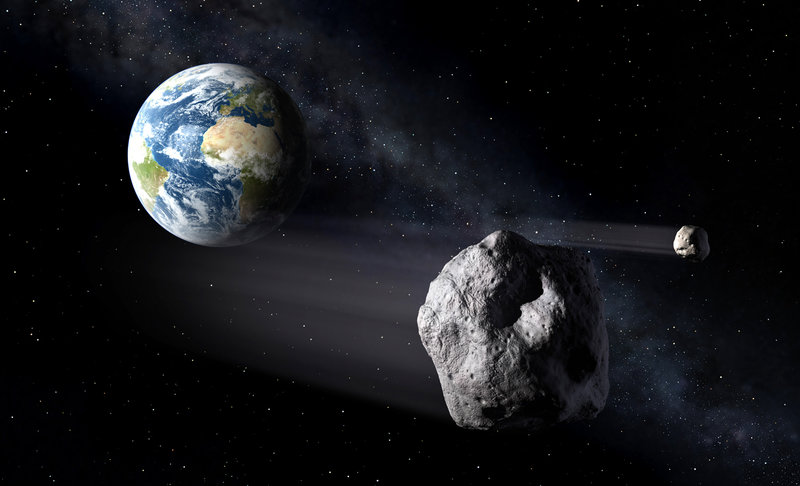A large space rock is going to come fairly close to Earth later tonight. Fortunately, it’s not going to hit Earth, something astronomers are sure of thanks in part to a new tool NASA is developing for detecting potentially dangerous asteroids. The tool is a computer program called Scout, and it’s being tested at NASA Jet Propulsion Laboratory in Pasadena, Calif. Think of Scout as a celestial intruder alert system. It’s constantly scanning data from telescopes to see if there are any reports of so-called Near Earth Objects. If it finds one, it makes a quick calculation of whether Earth is at risk, and instructs other telescopes to make follow-up observations to see if any risk is real. NASA pays for several telescopes around the planet to scan the skies on a nightly basis, looking for these objects. “The NASA surveys are finding something like at least five asteroids every night,” says astronomer Paul Chodas of JPL. But then the trick is to figure out which new objects might hit Earth.
You may also like
SCIENTISTS HOPE TO RESTORE EXTINCT GALAPAGOS TORTOISE
Major Hurricane Irma likely to deliver destructive...
Category 5 Irma Takes Aim on Florida
Computer models show Irma inching toward the...
Largest asteroid in a century to whiz by Sept 1
Tropical Storm Harvey likely to inundate Texas with 25...
About the author
Teunis Felter
Teunis Felter has over 20 years experience as an author, editor, and scientist. When not exploring outside, he enjoys reading history, researching genealogy, and civilly discussing politics.







